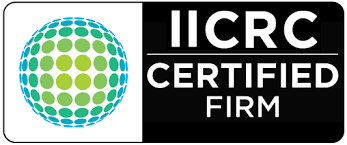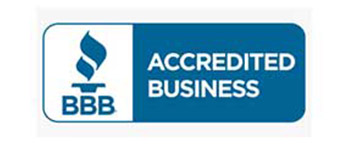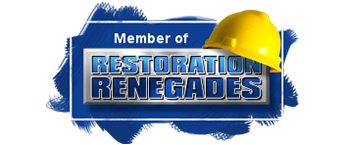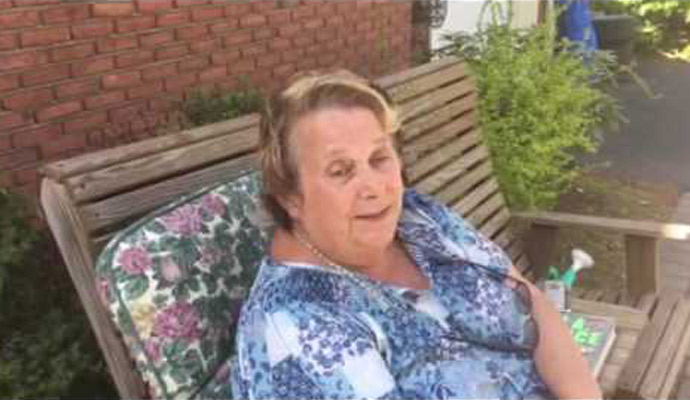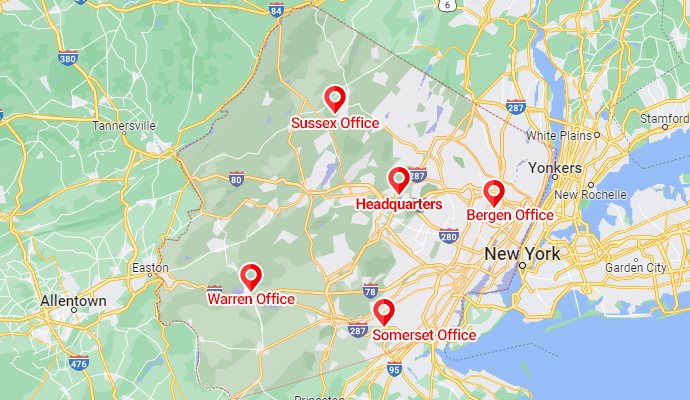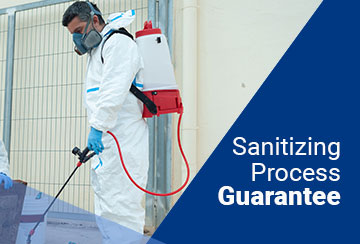
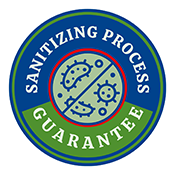
PDQ's 10 Step Sanitizing Process
We guarantee the quality of our cleaning and sanitizing. Our process eliminates the spread of harmful bacteria and particulate matter which can lead to health issues and additional mold growth.
- Extract all standing liquids while wearing the proper Personal Protective Equipment (PPE).
- Set up containment to minimize spreading harmful air to unaffected areas of the house.
- Install air scrubbers and dehumidifiers to stablize the affected area.
- Install hydroxyl generators for deodorization and to sanitize the air.
- Remove all affected porous materials.
- Scrub and sanitize with part 1 enzyme cleaner.
- Rewet and extract again to remove Part 1.
- Scrub and sanitize with part 2 enzyme cleaner.
- Final extraction.
- Spray with hospital grade antimicrobial/disinfectant.
What is the Standard of Care?
The Institute of Inspection Cleaning and Restoraion Certification (IICRC) is the leading source for creating the standard of care how restoration work is to be performed. It is recognized by all insurance carriers. The S500 specially is the standard for water damage and the S520 is for mold remediation.
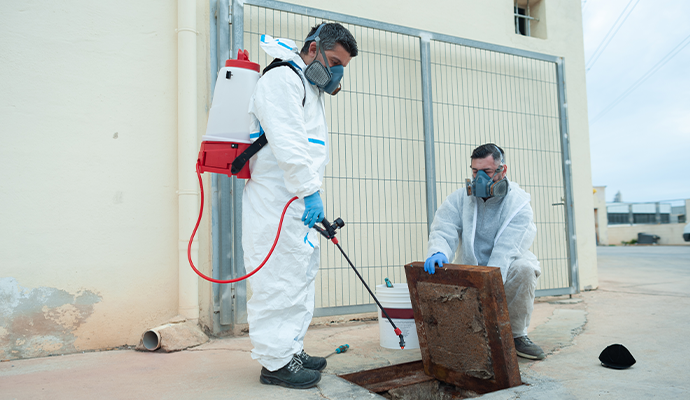
-
What category is my loss?
IICRC-S500 classify losses into 3 types. Category 1, 2 and 3. Category 1 - water that will not get you sick, Category 2 - Water that could get you sick, Category 3 - water that will get you sick.
-
Why is setting up dehumidifiers so important?
The IICRC-S500 states that dehumidifiers are to be immediately setup to prevent secondary damages such as mold.
-
Why is setting up HEPA air scrubbers so important?
The IICRC-S500 states that Air scrubbers with HEPA air filters should be in place at 6-8 ACH (Air Changes per hour) to capture particulate matter that will become airborne during demo as well as during the dry out process for the health and safety concerns of both the technicians and occupants of the property.
-
When do I set up the air movers?
The IICRC - S500 states that all category 2 and 3 losses need to be cleaned and sanitized to category 1 before any direct air movement.
-
What is a hydroxyl generator and what does it do?
Hydroxyl generators use high intensity UV light and when the humidity in the air passes through the light it takes the H2O and converts it to H3. All it wants to do is bind to odor molecules and change back. Think of millions of baby Packmen in the air going into every nook and cranny and attacking virus and odor molecules to help sanitize the air.




